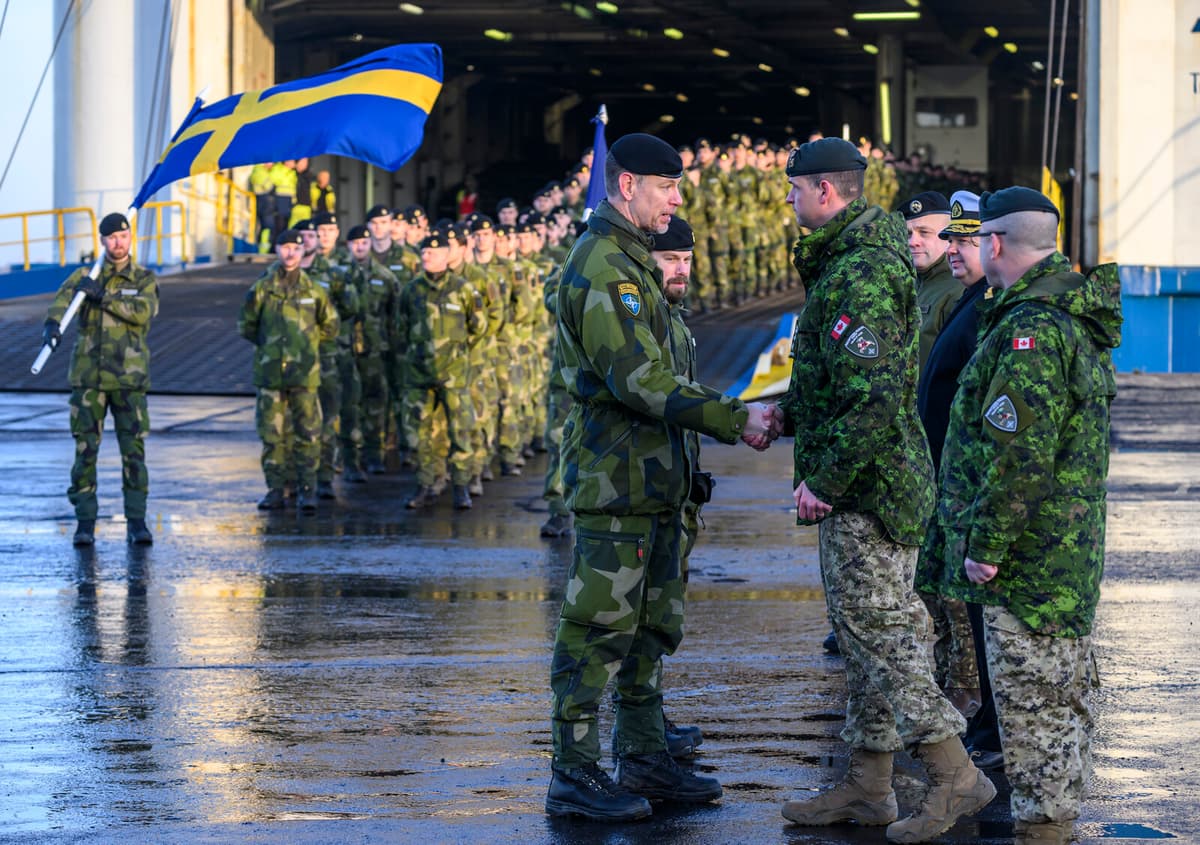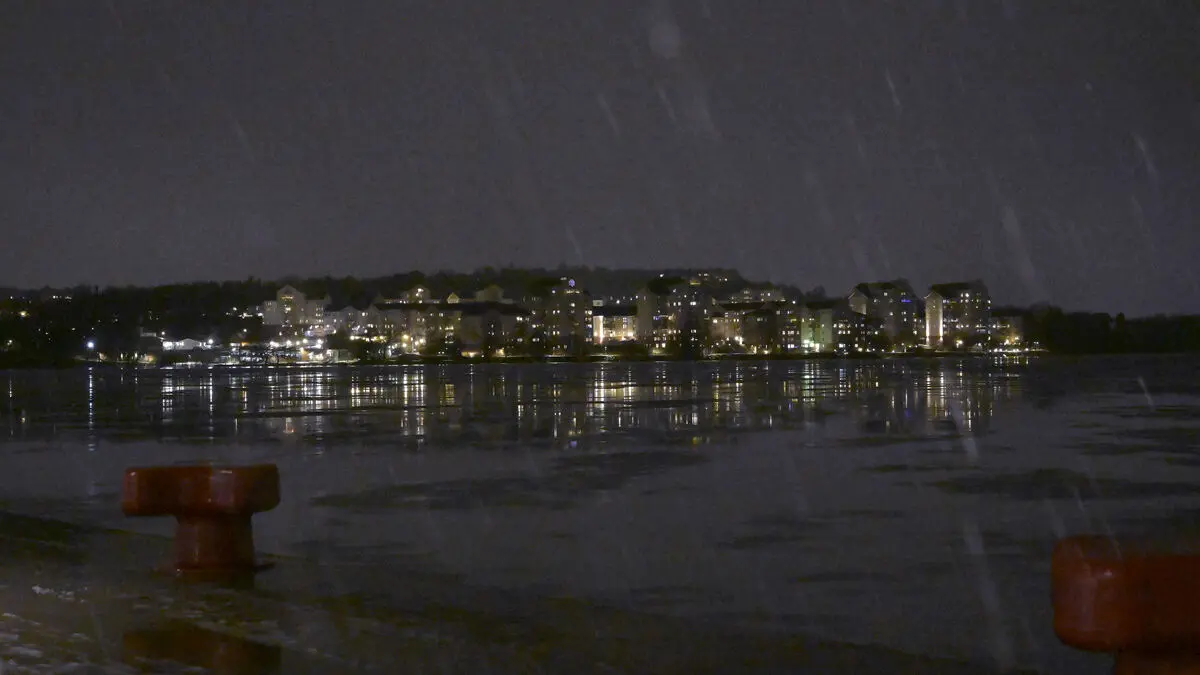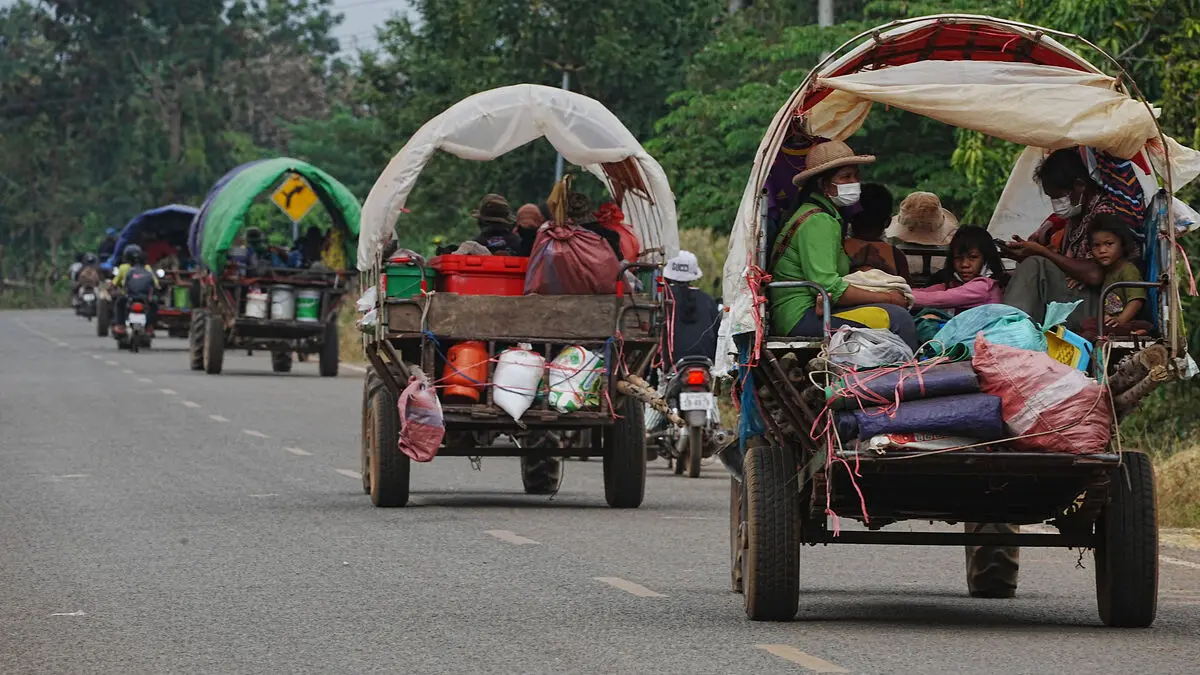The likelihood of someone getting hurt or dying in Latvia is mainly related to traffic accidents and other things, says Martin Hurt, security policy expert.
Multinational NATO forces have been built up along the defense alliance's eastern border since 2016. It started with the Baltic states and Poland, then expanded south to Bulgaria, and the concept will soon be used in Finland as well.
An important point is that many countries contribute to each of these forces, emphasizes Magnus Christiansson, researcher at the Defense University:
If Russia attacks, the entire alliance will be drawn in, he says.
Triggering factor 2014
Russia's annexation of Crimea and attack on eastern Ukraine was the triggering factor.
The idea was to establish a multinational military presence on site, which would very practically and tangibly demonstrate to the Russians that if they were to send in troops as they did in eastern Ukraine, they would automatically encounter war units from other NATO countries, says Martin Hurt.
The forces have been reinforced over time, but are still relatively small and scattered along a long eastern border. That's why they can be likened to a tripwire, Magnus Christiansson believes.
Their task is to try to stop the Russians. What it's about is that they have to buy time for the alliance to be able to send reinforcements.
Unpleasant club
The question is whether the tripwire is strong enough to fulfill a deterrent function?
Yes, but it's not the tripwire that's deterrent. If there isn't a big, unpleasant club in step two, there's no deterrent, says Magnus Christiansson.
NATO's goal is to be able to reinforce with army units of 300,000 men within 30 days, with the first 100,000 within ten days.
Are NATO's Forward Land Forces then strong enough to fulfill their mission?
If we look at the current situation, there's no doubt that NATO's military presence in Eastern Europe is sufficient. Most Russian ground troops are involved in the war against Ukraine, says Martin Hurt.
A ceasefire in Ukraine or a peace agreement changes the picture, and he sees a long period of icy relations between East and West ahead.
But hopefully, there won't be an open war between NATO and the Eastern countries.





